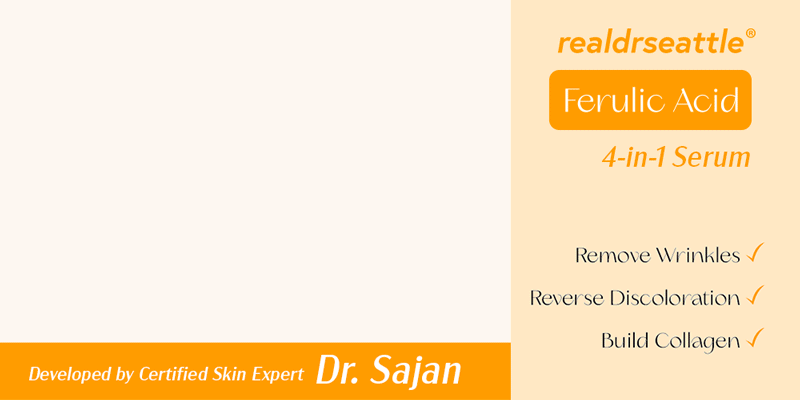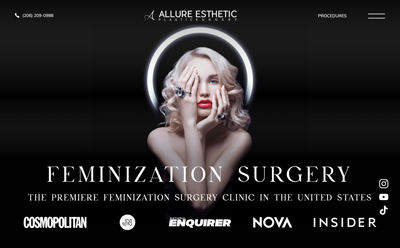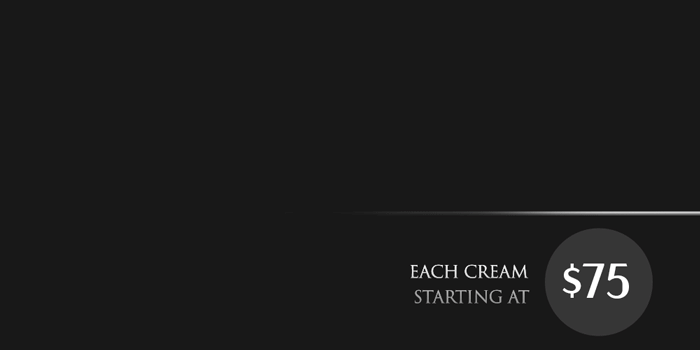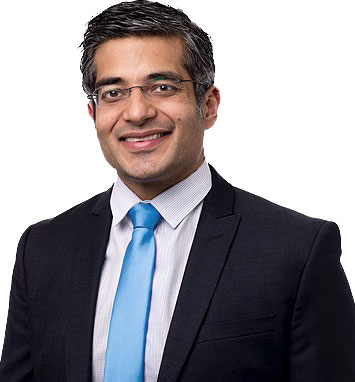If you are thinking about a tummy tuck (abdominoplasty), you will notice that many surgeons often talk about “muscle repair.” This step is not just optional fine‑tuning; it is often the difference between a flatter abdomen that looks better and a core that feels stronger. In this blog, we will understand why muscle repair matters, how it fits into a tummy tuck, and what to expect before and after surgery.
Why Abdominal Muscle Repair Deserves Attention
A standard abdominoplasty (tummy tuck) involves removing excess skin and fat through a low horizontal incision. However, when diastasis recti, a separation of the abdominal muscles is present, the procedure goes beyond mere contouring. The surgeon must also reconstruct the abdominal wall by suturing the left and right rectus muscles back together. Since this repair is performed beneath the skin layer, it extends the operative time but eliminates the need for a secondary surgery. Addressing muscle repair is essential, not only for a flatter, more toned appearance but also for restoring core strength and function, making it a critical aspect of a successful abdominoplasty.

When Is Muscle Repair Recommended?
Muscle repair is typically recommended in the following cases:
- Confirmed Diastasis Recti: A noticeable separation of the abdominal muscles is detected during a physical examination.
- Failed Conservative Treatment: Core-strengthening exercises have not successfully closed the gap.
- Functional Concerns: The patient experiences symptoms like back pain, poor posture, or core instability.
- Aesthetic Goals: The patient desires a flatter, more toned abdomen rather than just skin tightening.
However, patients planning future pregnancies or significant weight loss may be advised to postpone muscle repair, as these factors can re-stretch the abdominal muscles and compromise long-term results.
What recovery looks like with muscle repair
Because the abdominal wall has been tightened during the muscle repair, recovery is typically longer and more restrictive than a skin‑only tummy tuck. Key points:
- First week: Expect swelling, bruising, and the need for assistance standing from a lying or seated position.
- Compression garment: Worn day and night for several weeks to support the repair and control swelling.
- Activity limits: Light walking starts in the first week, but lifting more than 10 lb or doing core‑engaging movements is usually restricted for 4–6 weeks.
- Exercise: Most patients resume low‑impact workouts after six weeks and full activity between eight and twelve weeks, with surgeon clearance.
These timelines are averages; follow your surgeon’s instructions, as individual factors (age, health, extent of repair) can shorten or lengthen recovery.

Risks, Limitations, and Coverage Realities
Adding muscle repair increases surgical complexity and may lengthen anesthesia time. Typical risks include infection, fluid collection (seroma), bleeding, delayed wound healing, and scar widening. Long‑term failure of the muscle plication is uncommon when permanent sutures are used, but it can occur with significant weight gain or future pregnancies. Most U.S. insurers classify abdominoplasty with muscle repair as cosmetic. Coverage is rare unless the repair is part of a hernia repair or medically documented functional problem. Patients traveling abroad for cost savings should verify the credentials of the surgical center and understand that follow‑up care must be arranged before leaving the country.
Final Word
Repairing muscle separation during an abdominoplasty is an essential step in restoring abdominal strength and achieving a smooth, firm contour. Patients should openly discuss their muscle laxity with their surgeon, set realistic recovery expectations, and select a surgeon skilled in advanced plication techniques. Making an informed choice ensures lasting core stability and optimal surgical results.
Start Your Abdominoplasty Journey with Dr Sajan
If you are researching tummy tuck options and want a surgical plan that includes meticulous abdominal-muscle repair, schedule a private consultation with Dr. Javad Sajan at Allure Esthetic. His team has extensive experience repairing diastasis recti while achieving natural contours. Call (206) 209-0988or click here to book your appointment.

 FeminizationSurgeries.com
FeminizationSurgeries.com

